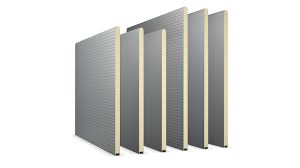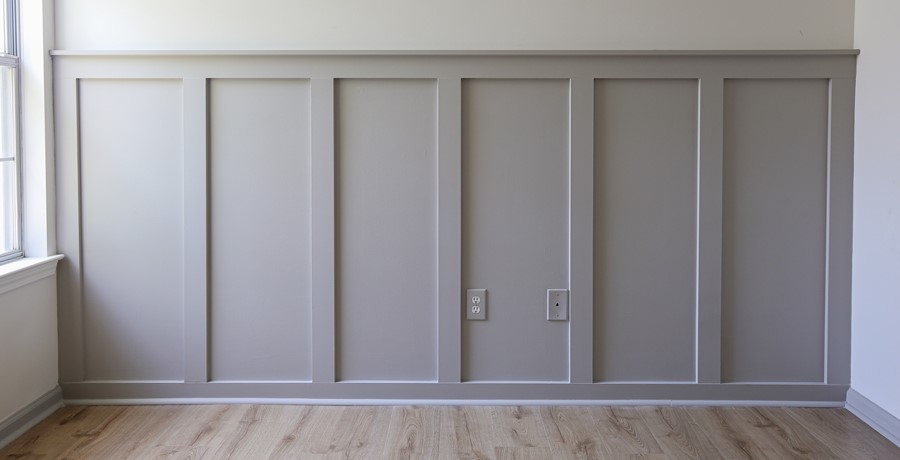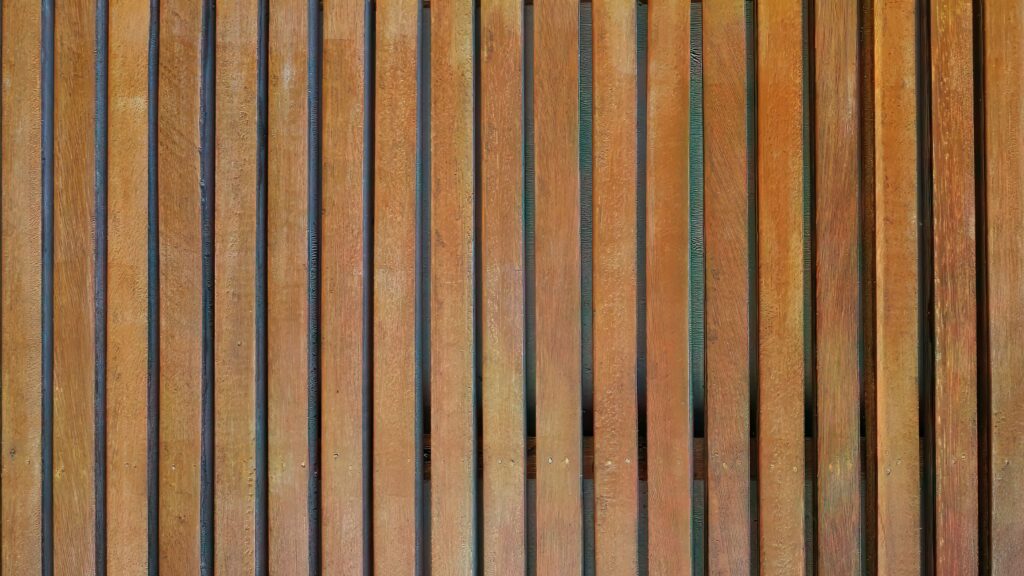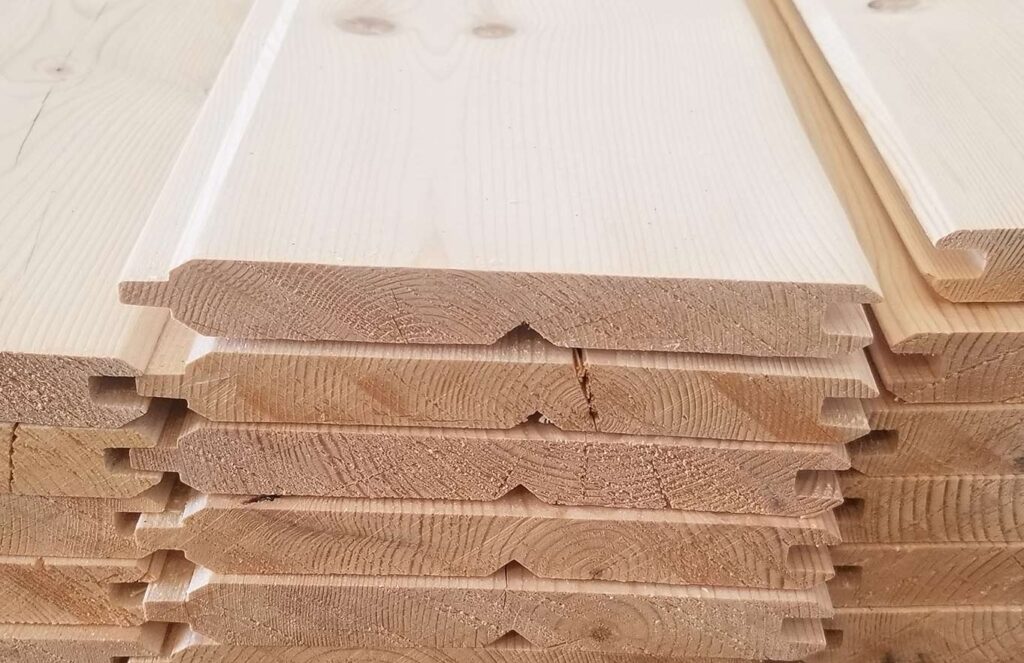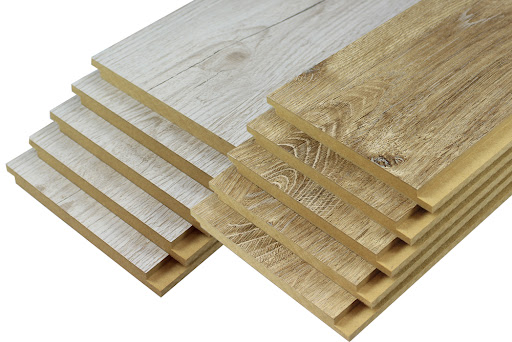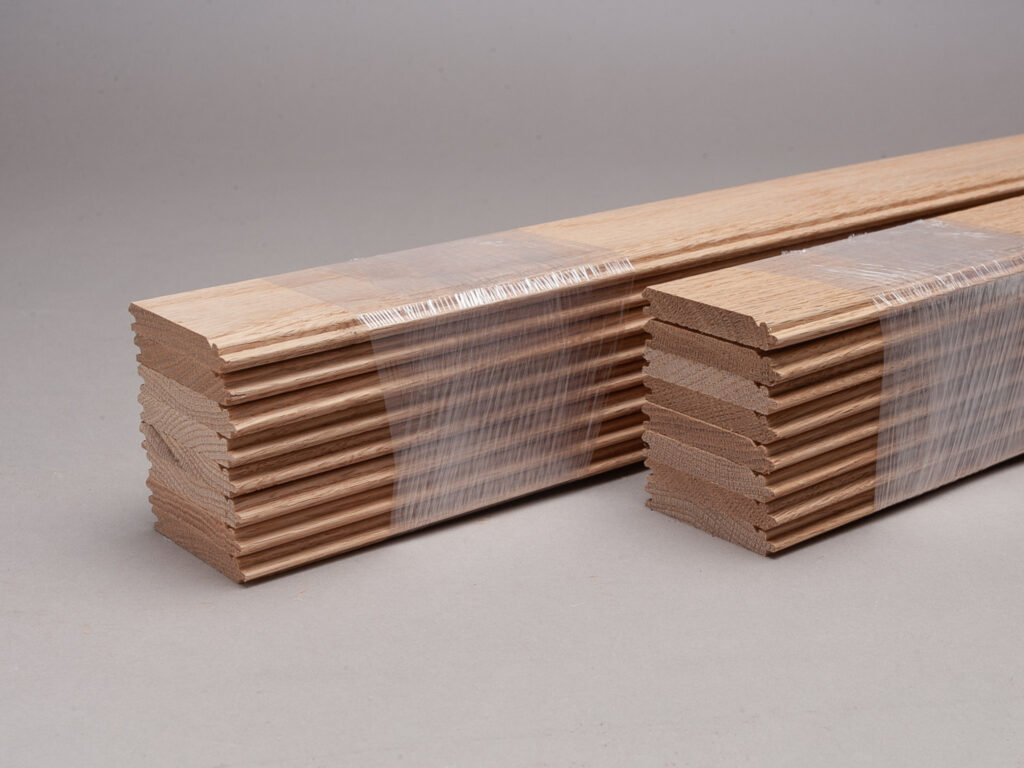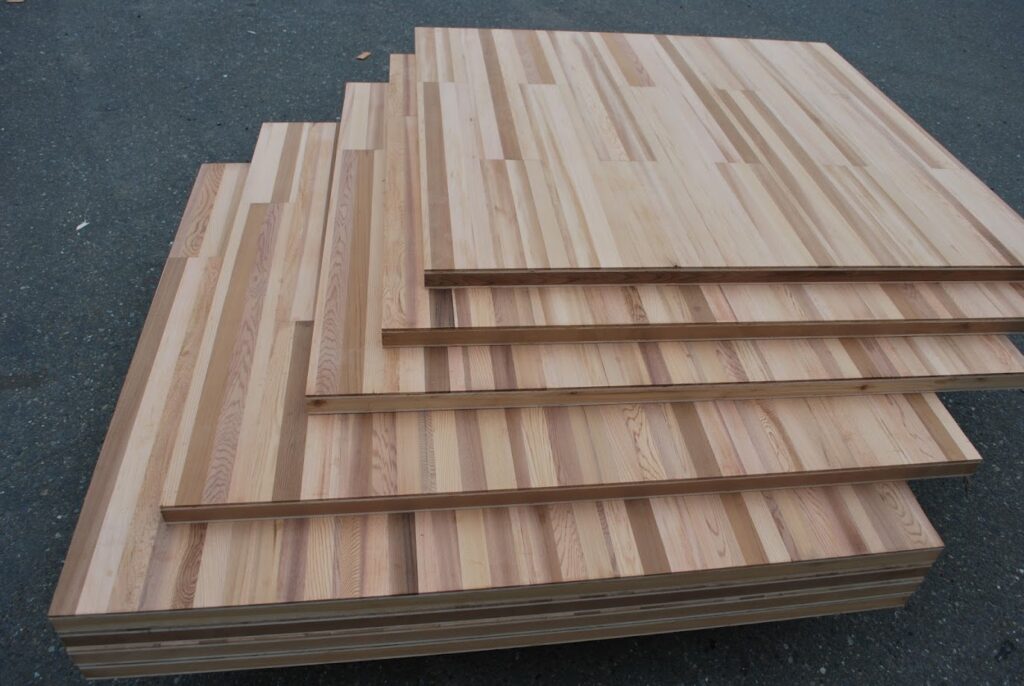Wooden Wall Panels
he Ultimate Guide to Wooden Wall Panels: Design, Benefits, Installation, and FAQs.
Wooden wall panels have been a timeless choice for interior and exterior design, offering warmth, elegance, and durability. Whether used in modern homes, rustic cabins, or commercial spaces, wooden panels enhance aesthetics while providing functional benefits such as insulation and soundproofing.
This comprehensive guide explores everything you need to know about wooden wall panels, including types, benefits, installation methods, maintenance tips, and frequently asked questions.
Table of Contents
- What Are Wooden Wall Panels?
- Types of Wooden Wall Panels
- Solid Wood Panels
- Engineered Wood Panels
- Reclaimed Wood Panels
- Veneer Panels
- 3D Wooden Panels
- Benefits of Wooden Wall Panels
- Aesthetic Appeal
- Durability & Longevity
- Insulation & Soundproofing
- Eco-Friendliness
- Easy Maintenance
- Popular Wood Species for Wall Panels
- Oak
- Pine
- Cedar
- Walnut
- Teak
- Design Ideas for Wooden Wall Panels
- Modern & Minimalist
- Rustic & Farmhouse
- Industrial Style
- Scandinavian Design
- Accent Walls
- Installation Methods
- Glue-Up Panels
- Nail-On Panels
- Tongue-and-Groove System
- Interlocking Panels
- DIY vs. Professional Installation
- Maintenance & Care Tips
- Cleaning
- Polishing & Sealing
- Repairing Scratches & Damage
- Cost of Wooden Wall Panels
- Factors Affecting Price
- Budget-Friendly Alternatives
- FAQs About Wooden Wall Panels
- Conclusion
1. What Are Wooden Wall Panels?
Wooden wall panels are decorative and functional coverings made from natural or engineered wood. They are used to enhance interior and exterior walls, offering both visual appeal and structural benefits. These panels come in various styles, finishes, and textures, making them suitable for different design preferences.
2. Types of Wooden Wall Panels
A. Solid Wood Panels
- Made from 100% natural wood.
- Highly durable and long-lasting.
- Can be sanded and refinished multiple times.
- Expensive compared to engineered options.
B. Engineered Wood Panels
- Made from wood fibers, plywood, or MDF with a wood veneer.
- More affordable than solid wood.
- Resistant to warping and moisture.
- Limited refinishing options.
C. Reclaimed Wood Panels
- Sourced from old barns, factories, or warehouses.
- Eco-friendly and full of character.
- Unique textures and weathering effects.
- Requires treatment to prevent pests and decay.
D. Veneer Panels
- Thin slices of real wood glued onto a substrate.
- Lightweight and cost-effective.
- Mimics the look of solid wood.
- Less durable than solid panels.
E. 3D Wooden Panels
- Adds depth and texture to walls.
- Used as statement pieces in modern interiors.
- Can be made from solid wood or MDF.
3. Benefits of Wooden Wall Panels
A. Aesthetic Appeal
Wooden panels bring warmth and sophistication to any space, complementing various design styles.
B. Durability & Longevity
High-quality wood panels can last decades with proper care.
C. Insulation & Soundproofing
Wood naturally insulates, helping regulate indoor temperatures and reducing noise.
D. Eco-Friendliness
Sustainable wood options (like bamboo or reclaimed wood) reduce environmental impact.
E. Easy Maintenance
Regular dusting and occasional polishing keep wood panels looking new.
4. Popular Wood Species for Wall Panels
| Wood Type |
Characteristics |
Best For |
| Oak |
Durable, prominent grain |
Traditional & modern interiors |
| Pine |
Soft, affordable, light color |
Rustic & farmhouse styles |
| Cedar |
Naturally insect-resistant |
Exterior & humid areas |
| Walnut |
Dark, rich tones |
Luxury interiors |
| Teak |
Water-resistant, durable |
High-end & outdoor use |
5. Design Ideas for Wooden Wall Panels
- Modern & Minimalist: Sleek, light-toned wood with clean lines.
- Rustic & Farmhouse: Reclaimed wood with a distressed finish.
- Industrial Style: Dark wood with metal accents.
- Scandinavian Design: Light oak or pine with a matte finish.
- Accent Walls: 3D wooden panels for a dramatic effect.
6. Installation Methods
A. Glue-Up Panels
- Adhesive is applied directly to the wall.
- Best for smooth surfaces.
B. Nail-On Panels
- Panels are nailed to wooden studs.
- Provides a secure fit.
C. Tongue-and-Groove System
- Panels interlock for a seamless look.
- Ideal for solid wood installations.
D. Interlocking Panels
- Easy DIY installation.
- No nails or glue required.
E. DIY vs. Professional Installation
- DIY is cost-effective for small projects.
- Professionals ensure precision for large areas.
7. Maintenance & Care Tips
- Cleaning: Use a microfiber cloth and wood cleaner.
- Polishing: Apply wood polish every 6 months.
- Repairing Scratches: Use wood filler and touch-up stains.
8. Cost of Wooden Wall Panels
- Solid Wood: 10–10–50 per sq. ft.
- Engineered Wood: 5–5–20 per sq. ft.
- Reclaimed Wood: 15–15–40 per sq. ft.
Factors affecting cost:
✔ Wood species
✔ Panel thickness
✔ Finish & customization
9. FAQs About Wooden Wall Panels
Q1: Are wooden wall panels waterproof?
A: Solid wood is not waterproof but can be treated with sealants. Engineered wood and teak are more moisture-resistant.
Q2: Can I install wooden panels over drywall?
A: Yes, as long as the surface is smooth and dry.
Q3: How do I prevent wood panels from warping?
A: Maintain stable humidity levels and use high-quality sealants.
Q4: Are wooden wall panels fire-resistant?
A: Untreated wood is flammable, but fire-retardant coatings are available.
Q5: Can wooden panels be painted?
A: Yes, but sanding and priming are necessary for best results.
Q6: How long do wooden wall panels last?
A: With proper care, they can last 20–50 years.
Q7: What’s the best wood for a bathroom?
A: Cedar or teak due to their moisture resistance.
Q8: Do wooden panels require insulation behind them?
A: Not mandatory, but adding insulation improves energy efficiency.
Q9: Can I use wooden panels for ceilings?
A: Yes, they add warmth and texture to ceilings.
Q10: Are wooden panels eco-friendly?
A: Reclaimed wood and FSC-certified wood are sustainable choices.
